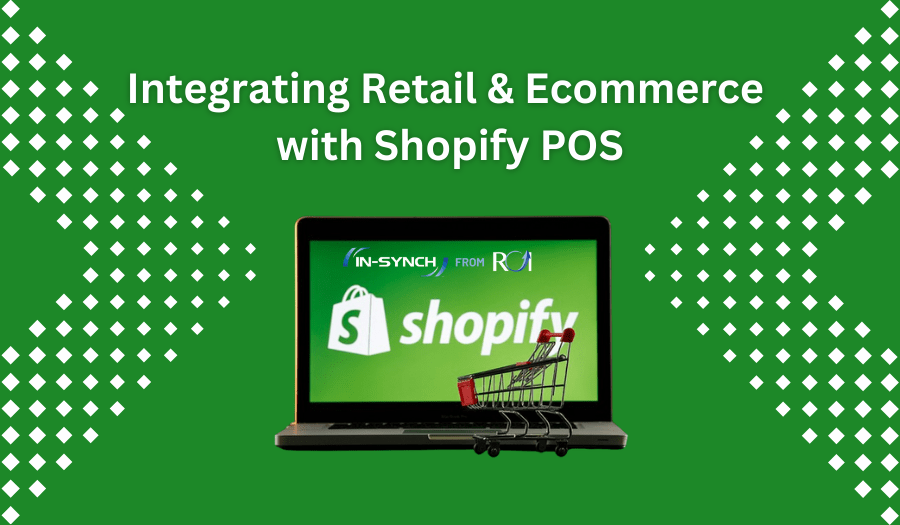By Ruth Richter • May 22, 2018

Lights Out for Ecommerce Software Solutions on Google Shopping
Google Shopping is an online retailer’s best friend: It connects shoppers with the exact items they want to purchase at the exact time they’re looking to purchase them. This gives ecommerce merchants a cost-effective solution for driving the right online store traffic. Retailers could see as much as a 43 percent increase in purchases when they use Google Shopping. Accurate and easy access to Google Merchant Center is practically a must for small online retailers hoping for big exposure on the web.
Retailers don’t only rely on Google Merchant Center, however. Other ecommerce software solutions such as BigCommerce, PrestaShop, and Magento not only help small retailers build their online shopping sites, they also integrated with Google Merchant Center to make it even easier for businesses to sell their wares on Google Shopping.
But, on March 20, 2018, Google shut off the lights on those three solutions, retiring their app and feed integrations.
While this may feel like the end for some online retailers, it’s far from it. On March 7, 2018, BigCommerce announced its own integration to Google Shopping powered by Sales & Orders, a platform that helps retailers create, manage, and optimize their Google Shopping campaigns. This new integration allows BigCommerce merchants easy access to simple and affordable product listings on the world’s largest search engine.
Hope for Small Retailers in Online Marketplaces
But, what about the remaining online retailers? They’re faced with moving to other search segments, such as Amazon Marketplace, Facebook ads, Bing Shopping, and others. Some retailers may choose to stay with Google Shopping and add these other options, as well. If that’s the case, how can retailers integrate multiple shopping carts without losing control of inventory and process?
Enter ROI Consulting’s IN-SYNCH website and database integration. This Sage 100 application provides real-time data synchronization with any third-party system, most popularly with existing website shopping carts. There are no concerns about lost sales when moving to IN-SYNCH, either: Typical turnaround for integration is as little as two weeks. Already using IN-SYNCH? Further integration to connect new modules, systems, or websites is as easy as contacting ROI.
If you’re staying with Magento, PrestaShop, or even BigCommerce, IN-SYNCH integrates with those off-the-shelf shopping cart platforms too. You can continue selling with the ecommerce site of your choice, with easy shopping cart integration from site to Sage via IN-SYNCH for dramatically enhanced accuracy and time savings.
Stay Connected with IN-SYNCH
It’s no secret that Google is the internet’s go-to website for almost everything. Small retailers don’t have to worry about losing their online presence with Google Merchant Center’s disconnection of third-party apps and feeds. With the addition of IN-SYNCH and other cart options, keep your products at the front of the virtual shelf for everyone to find, with orders perfectly integrated into Sage 100 systems for smooth and rapid flow from purchase to fulfillment to customer doorstep.
Keep your shopping carts rolling easily with ROI Consulting and IN-SYNCH. To find out how we can keep the wheels turning, contact ROI Consulting online or call us at 402-934-2223, ext. 1.




